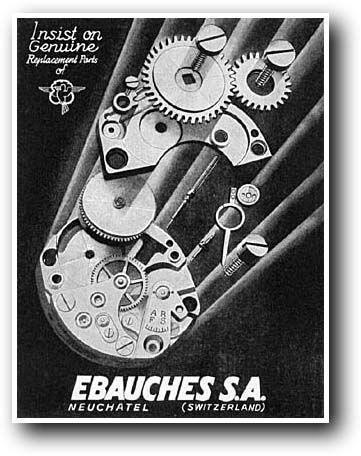
Learn to wind my mechanical watch in 2 minutes?
In the watchmaking world, mechanical watches are highly appreciated for their unique charm and the craftsmanship they represent. Unlike quartz watches, they require regular winding to function optimally. Understanding how to wind a manual watch is essential to preserve its proper functioning in the long term. In this article, we explain, step by step, how to wind your mechanical watch, while also giving you practical tips to ensure its longevity and precision.
1. Understanding the mechanism of a manual watch
First of all, it is important to know that each mechanical watch operates thanks to a mainspring. This spring stores the energy required to power the gears and operate the hands. The winding process involves coiling this spring, which will then gradually release the stored energy. Unlike quartz watches that use a battery, mechanical timepieces rely on this manual process. Thus, it is crucial to wind your watch regularly, generally every 1 to 5 days, depending on the model and the power reserve of your watch.
2. Steps to wind a manual watch
Now that you have a better understanding of how a vintage or non-vintage manual watch works, let's go through the steps to properly wind it:
Step 1: Remove the watch from your wrist. This may seem trivial, but it is always preferable to remove your watch before winding it. Indeed, this avoids any pressure on the crown, which could damage the mechanism.
Step 2: Locate the crown. The crown is a small circular piece usually located on the right side of the watch. It is used both to set the time and to wind the watch's movement.
Step 3: If necessary, unscrew the crown. Some watches, particularly diving watches, are equipped with a screwed crown to ensure water resistance. In this case, simply unscrew the crown by turning it counterclockwise until it is completely unscrewed.
Step 4: Wind the watch. Then, turn the crown clockwise. You will feel a slight resistance as the spring tightens. Continue to turn gently until you feel stronger resistance, which indicates that the spring is fully wound.
Step 5: Screw the crown back (if necessary). If your watch has a screwed crown, remember to screw it back properly after winding. This ensures the watch's water resistance.
3. Tips for properly maintaining a manual winding watch
To ensure a long lifespan for your manual watch, it is essential to wind it correctly, but also to follow some good maintenance practices:
- Wind it regularly: Even if you don't wear your watch every day, remember to wind it regularly. This prevents the oils inside the mechanism from solidifying, which could lead to malfunctions.
- Never force the crown: If you feel too much resistance while winding, stop immediately. Forcing the crown can damage the mainspring or other internal components of the watch.
- Have your watch serviced regularly: To maintain its accuracy, it is recommended to have a mechanical watch serviced every 3 to 5 years. A professional watchmaker can check the condition of the parts and perform proper lubrication to preserve the mechanism's proper functioning.
- Store it properly: When you are not wearing your watch, keep it in a dry place away from extreme temperatures. This will prevent oxidation and damage related to humidity.
- Avoid shocks: Mechanical watches are more sensitive to shocks than quartz watches. Avoid exposing them to impacts that could disrupt the mechanism or damage the case.
- Avoid vibrations: A manual watch is assembled with many screws, so it is important to minimize vibrations that could damage the movement. Therefore, we recommend not cycling or even riding a two-wheeler when wearing your manual watch.
Conclusion
In summary, regularly winding and maintaining a manual watch is essential to ensure its accuracy and durability. By following the simple steps detailed in this article and taking care of your watch daily, you can be sure it will accompany you for many years. Regular winding, servicing by a qualified watchmaker, and adequate storage are essential factors to consider. Moreover, by adhering to these practices, you will extend your watch's lifespan while ensuring its proper functioning.
Also discover our exclusive selection of vintage mechanical watches available at Atelier Victor. For any questions, feel free to contact us via WhatsApp.

